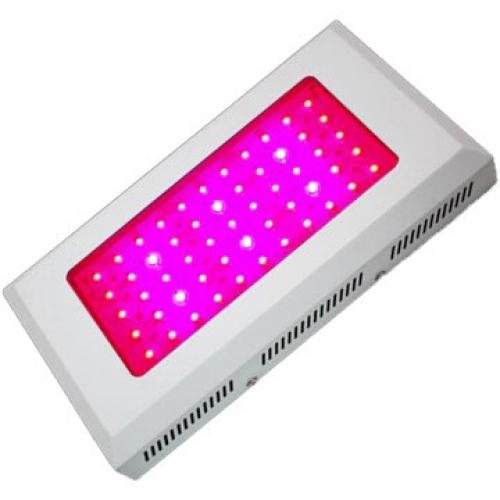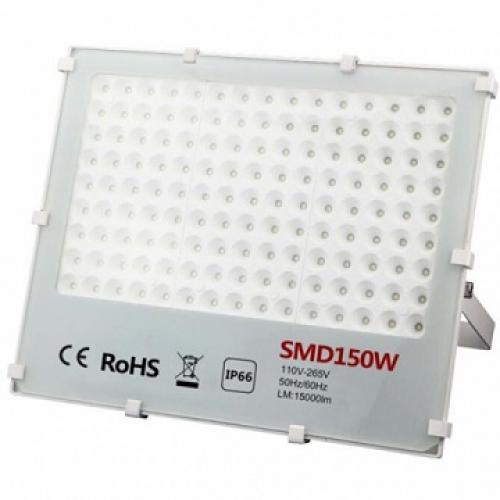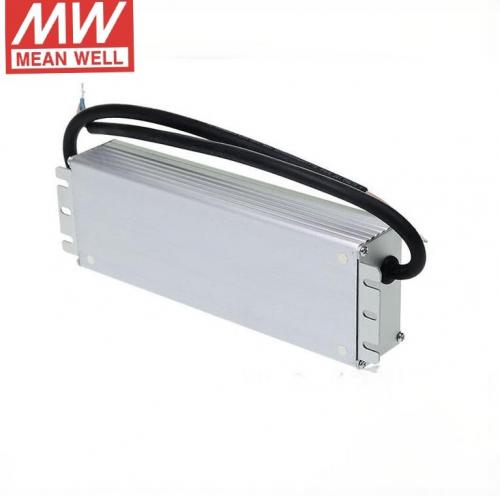What is the shelf life of ColdFire?

ColdFire microprocessors, developed by Freescale Semiconductor (now part of NXP Semiconductors), are popular within embedded systems for their high performance and cost-effective solutions. Given their widespread use, understanding the shelf life of ColdFire processors is crucial for businesses involved in manufacturing, distribution, and maintenance within electronic industries. While the processors themselves do not have an expiration date per se, understanding factors such as storage conditions, market relevance, and technological evolution is vital for optimizing their usability over time.
When we discuss the shelf life of electronic components like ColdFire processors, it generally pertains to their viability and reliability after a certain period during which they have remained unused. The physical integrity and functional capabilities can be influenced by a variety of factors including environmental conditions and advancements in technology.
Environmental Conditions
One of the primary concerns in preserving the shelf life of ColdFire processors is ensuring they are stored in adequate environmental conditions. Factors such as temperature, humidity, and exposure to static electricity primarily affect their longevity and functionality.
-
Temperature: Ideally, ColdFire processors should be stored in a controlled environment where temperatures do not exceed standard room temperatures (20-25°C or 68-77°F). Excessive heat can lead to degradation of the materials over time which could compromise performance when the processors are eventually used.
-
Humidity: High levels of humidity can also negatively impact the processors by causing corrosion on the internal wiring or connections. It is recommended that the storage environment maintains a humidity level of 40-60% to mitigate this risk.
-
Static Electricity: Proper handling procedures need to be employed to prevent damage from static electricity. Grounding the storage area and using antistatic packaging materials can prevent failures due to electrostatic discharge.
Technological Relevance
An often-overlooked aspect of the shelf life is the pace at which technology advances. ColdFire processors might stay functional for decades if properly stored, but their practical usefulness could diminish as newer and more efficient processors enter the market.
-
Technological Evolution: Rapid advancements in microprocessor technology could render the ColdFire series obsolete if they cannot meet the needs for power, performance, and integration in new applications. This factor does not necessarily affect the physical nature of the processors, but it does influence their market value and usability.
-
Market Demand: As users demand faster and more efficient solutions, newer technologies might replace ColdFire processors, thereby reducing their market demand. This forces stakeholders to consider whether the processors they currently store will remain economically viable or if they should upgrade to new technologies.
Maintaining Processor Relevance
Despite the technological advancements, ColdFire processors still find their niche in various markets such as automotive, industrial control, and networking due to their balance between performance and cost-effectiveness. Ensuring these processors continue to be relevant involves strategies aimed at compatibility and integration.
-
Software Updates and Support: Continuous software development can extend the operational lifespan of ColdFire processors. Updated firmware and support for new interfaces can help keep these processors relevant despite the advent of newer technologies.
-
Repackaging and Retrofitting: Another method to maintain relevance is through repackaging or retrofitting older hardware with new features and capabilities, thus extending the functional lifespan and applicability of the devices utilizing ColdFire processors.
Conclusion: Managing Shelf Life Efficiently
The concept of shelf life for ColdFire microprocessors involves balancing their physical preservation with their technological relevance. Companies must prioritize creating an optimal storage environment that minimizes potential physical degradation. At the same time, they need to strategically position these processors within markets where they still hold competitive advantages over newer technologies.
For companies involved in long-term storage and deployment of ColdFire processors, it is crucial to monitor both environmental factors and technological trends closely. Adopting strategies for ongoing software support and possibly hardware enhancement ensures these components retain their value and applicability in the rapidly evolving tech landscape.
Ultimately, a deep understanding of both the physical and market-related aspects influencing the shelf life of ColdFire processors allows businesses to make informed decisions about their investments and inventory. By doing so, they can efficiently manage resources while ensuring that their technology remains viable, relevant, and ready for deployment whenever the need arises.

 Afrikaans
Afrikaans Čeština
Čeština Dansk
Dansk Deutsch
Deutsch Español
Español Francais
Francais Italiano
Italiano Magyar
Magyar Nederlands
Nederlands Norsk
Norsk Polski
Polski Português
Português Română
Română Slovák
Slovák Suomi
Suomi Svenska
Svenska Tiếng Việt
Tiếng Việt Türk dili
Türk dili Ελλάδα
Ελλάδα Русский
Русский اللغة العربية
اللغة العربية แบบไทย
แบบไทย 中文繁體
中文繁體 日本語
日本語 한국인
한국인



